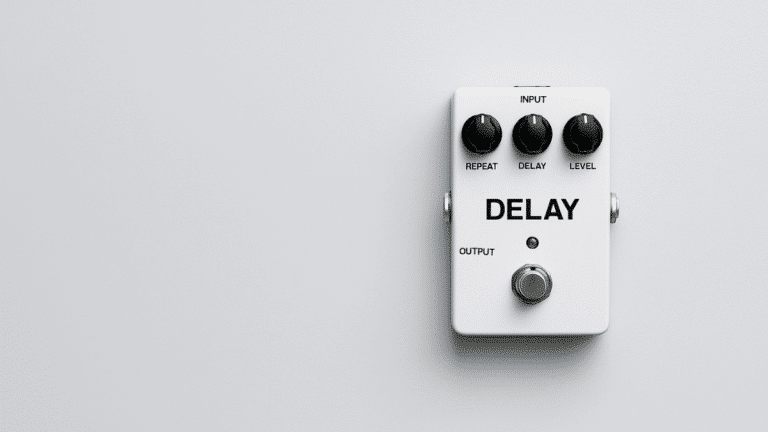Time-based effects pedals are essential in transforming your guitar sound, offering a range of textures that bring depth to any musical piece. These tools allow guitarists to craft unique soundscapes, enhancing both live performances and studio recordings. By experimenting with these pedals, you can discover new dimensions in your music, pushing the boundaries of creativity.
Delving into the world of time-based effects pedals unveils a realm where sound transcends its traditional boundaries. These pedals play a crucial role in shaping guitar tones, introducing elements of echo and modulation that can transform a simple melody into a rich auditory experience. While many often associate these effects with Best Delay Pedals, their application extends far beyond, offering a versatile toolkit for musicians looking to enhance their sound.
Contents
Understanding time-based effects
Time-based effects are central to creating expansive and immersive soundscapes. They introduce delay and reverb, allowing notes to linger and overlap, adding depth to your music. This capability is particularly beneficial for live performances where creating a fuller sound is essential. The ability to manipulate time within a musical context enables artists to fill spaces with textured layers, making each performance unique.
The versatility of time-based effects cannot be overstated. These tools allow for the crafting of lush, atmospheric tones that elevate ordinary compositions into extraordinary pieces. Whether you’re aiming for a subtle echo that enhances the melody or an intense reverb that engulfs the listener, these effects provide the necessary flexibility. By experimenting with different settings, you can discover new ways to enrich your music.
Moreover, time-based effects contribute significantly to the atmosphere of a track. They can transform the emotional impact of a song by adding a sense of space and dimensionality. Musicians across genres leverage these effects to create distinctive sounds that capture audiences’ attention and evoke powerful emotions.
Practical tips for guitarists
Incorporating time-based effects into your setup requires thoughtful consideration of pedal placement and settings. Positioning your delay and reverb pedals after distortion ensures clarity in the echoes produced, preserving the integrity of your tone. This setup allows for precise control over the timing and intensity of each effect, tailoring your sound to fit specific musical contexts.
Experimentation is key when optimizing your pedal settings. Start by adjusting delay times and feedback levels to find combinations that complement your playing style. Different genres may call for varying approaches; for instance, longer delays suit ambient music while shorter ones enhance rock or pop tracks. Understanding how these variables interact helps in achieving desired sonic outcomes.
Additionally, consider using tap tempo features available on many pedals. This function synchronizes delay times with the beat of your performance, providing cohesive timing that enriches rhythmic dynamics. By integrating these tools effectively, you can unlock new creative possibilities and refine your signature sound.
Case studies and examples
Renowned musicians often utilize time-based effects to elevate their compositions. In genres like ambient and shoegaze, these pedals are indispensable for crafting enveloping soundscapes that captivate listeners. Artists such as The Edge from U2 have famously employed delay effects to create iconic riffs that define their band’s unique style.
These effects are not limited to specific genres; they find utility across diverse musical landscapes. Jazz guitarists might use subtle reverb settings to add warmth and resonance, while metal players opt for pronounced delay lines that accentuate solos. Each musician tailors these tools to suit their artistic vision, showcasing their adaptability in various contexts.
The influence of time-based effects extends beyond individual artists to entire genres. In electronic music production, they play a vital role in shaping atmospheric backgrounds and intricate rhythmic patterns. This widespread application highlights their significance in modern music-making processes.

